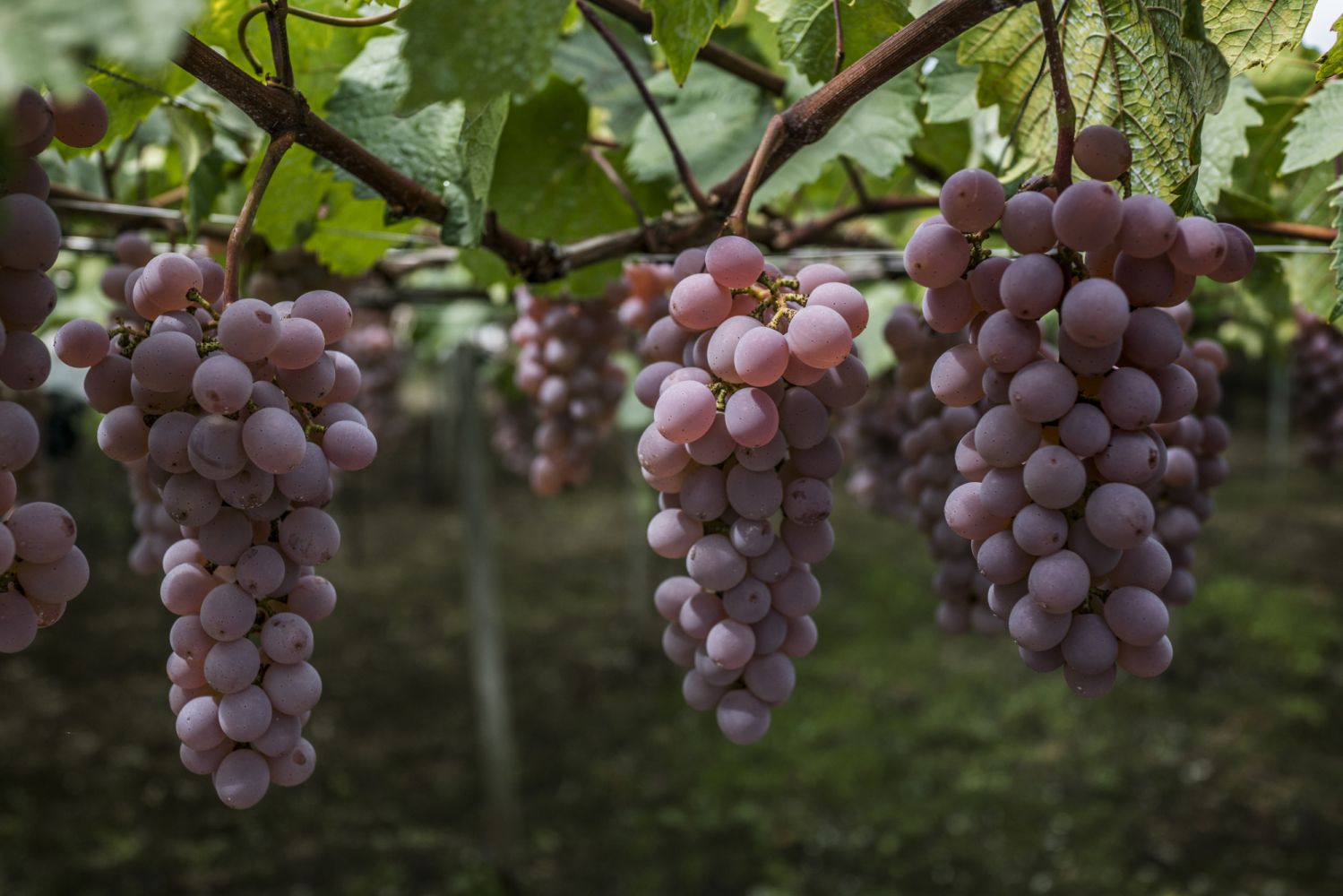As Japan's nascent winemaking industry rises on the world stage, their wines also come with a heftier price tag compared to better-known varieties and regions. Their justification? Rarity.
Both Micky Chan and Reeze Choi—ambassadors of Japanese wines in Hong Kong—have admitted their skepticism for the drink when it first trickled out of the country around a decade ago.
Chan describes them as “light and diluted” with exceeding acidity; while for Choi, they're “watery”—criticisms that still ring true today for many bottles made from Japanese-bred grapes, despite fetching higher retail prices compared to familiar varieties from known appellations internationally. For instance, the 2020 Chateau Jun Koshu white wine from Yamanashi Prefecture—available at Hong Kong retailer HKTVmall and high-end supermarket City’super—fetches close to HK$400 (US$51) a bottle, already at the low end of the spectrum.
While no price tag can be attached to epicurean preferences, Japanese winemakers (most estates are family-owned) are hitting the ground running in international markets, a confident move given not only the country's nascency in viticulture, but also owing to the fact that exports to the EU first began as recently as the late 2000s. In a competitive global market where consumers are becoming increasingly wine-savvy, how then are the Japanese justifying the price tag of their wines?
Not to be confused with wine made with imported grape varieties like Kernet, Zweigelt, Niagara, Pinot Noir, Delaware, Cabernet Sauvignon and Chardonnay—which make up at least 80 per cent of the country’s wines—the Japanese also breed the white Koshu and the red Moscat Bailey-A grapes domestically. The former is the more ubiquitous variety dating from the Meiji era (1868-1912) while the latter was bred in 1927. Only in 2013 did the country’s first wine region introduce a geographical indication system used to denote region-specific qualities, followed by the debut of national rules on wine labelling almost two years later. Despite increasing exports over the years, most Japanese wines are consumed within the country.
Don't miss: By The Glass: Sebastien Allano, Wine Director at Gourmet Dining Group

One reason for their high price tags despite the industry's infancy are the major agricultural challenges the country faces. Though most of Japan lies within the wine belt and wineries dot almost all 47 prefectures, the country's mountainous terrain is prone to humidity, volcanic eruptions, typhoons and monsoons. This means that most harvest must be handpicked, requiring special trellis systems to maintain air circulation. To prevent ripe rot, mini paper umbrellas may even be applied to each grape bunch. Output, as such, is minimal.
For Choi, who is also a seasoned sommelier and heads his own wine consultancy, such rarity, paired with novelty and a certain prestige often tacked to the Made In Japan label, are the reasons behind Japanese wines’ high prices. Though he applauds winemakers’ profound strides in viticulture since he first poured himself a glass of Japanese wine more than four years ago, he still questions their quality today.
“There are so many Japanese wines that I don’t think are doing a great job. I’d probably recommend 10 to 15 wineries to my customers. Others are still waiting for improvement. I don’t think there is a consistency overall in terms of national quality,” Choi says, adding that although he’d never compare wines made in different regions, he admits the challenge in selling a HK$1,000 (US$127) bottle of Japanese wine to customers who’d rather opt for a less expensive and more familiar French label. Although wines made from Koshu and Moscat Bailey-A grapes have a long way to go yet, Choi adds that the Japanese have mostly perfected viniculture from foreign varieties due to the ample knowledge they have gleaned from the West.
Chan, meanwhile, explains that though Japanese tipples may seem too demure on first sip, it’s in line with the country’s culture and mannerisms.
See also: Wine Crush: The Allure Of Orange Wine


